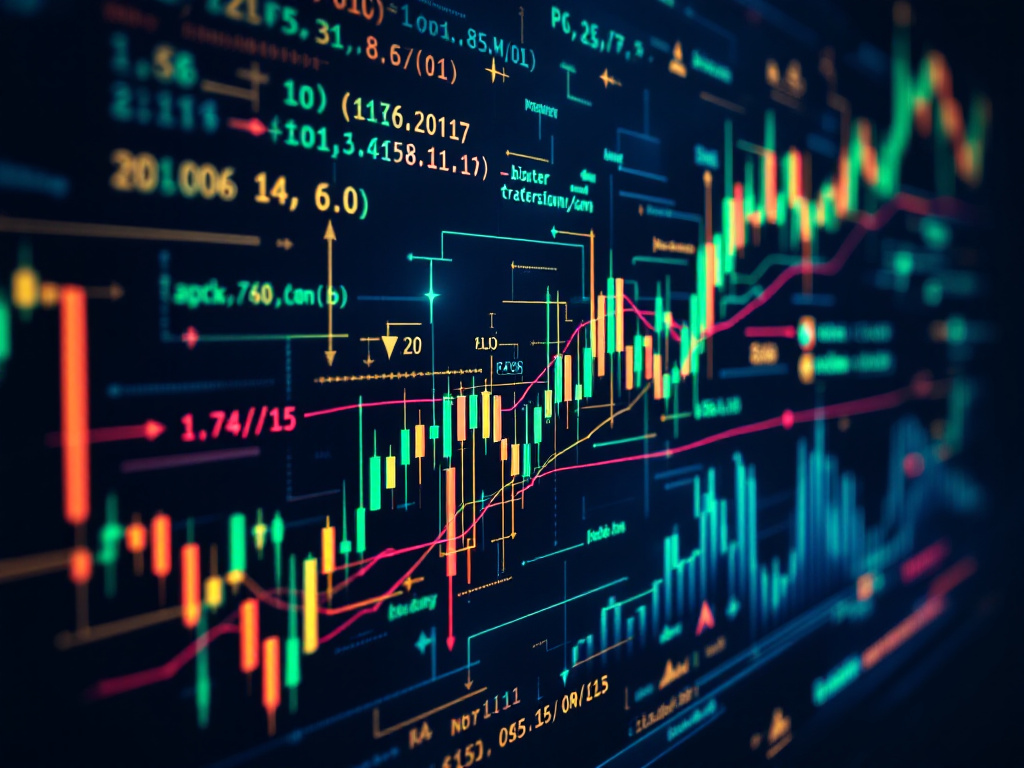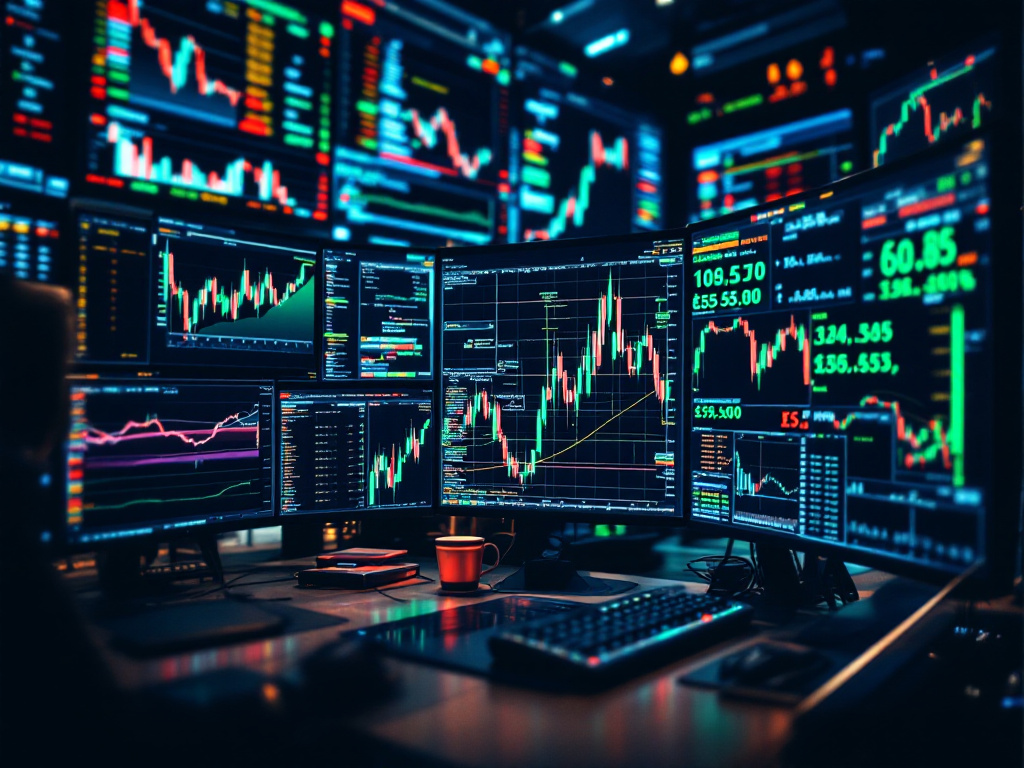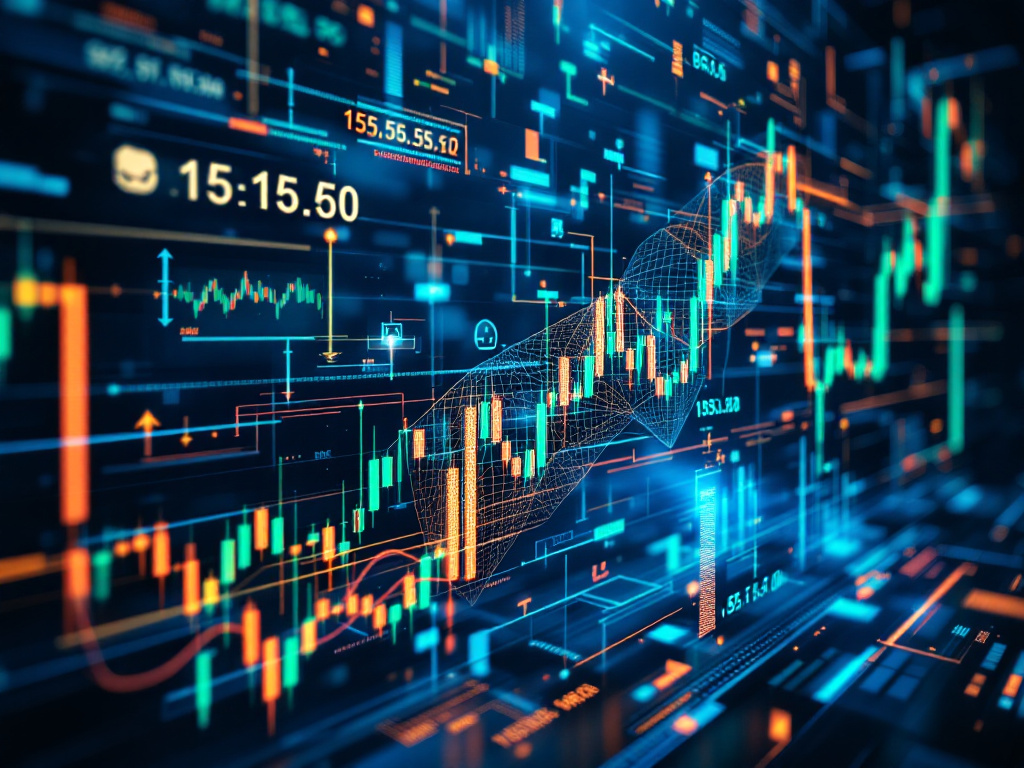Understanding Algorithmic Trading Systems
Algorithmic trading, often known as algo trading, refers to the use of computer algorithms to automate trading decisions and strategies. This methodology has revolutionized the financial markets by enabling transactions that are faster than human traders can achieve.<\/p>
Components of an Algorithmic Trading System
At the core of algorithmic trading systems are the hardware and software that handle vast amounts of data and execute trades with precision. A robust data feed providing real-time market information is crucial. Moreover, successful strategy development and implementation rely on detailed market research and analysis.<\/p>
Common Algorithmic Trading Strategies
Some of the prevalent strategies include trend following, which capitalizes on market momentum, and arbitrage, where price discrepancies are exploited across different markets or securities. Another approach is market forecasting, where algorithms predict future price movements using historical data.<\/p>
Advantages of Algorithmic Trading
Algorithmic trading systems are lauded for their speed and accuracy, allowing vast quantities of trades to occur in milliseconds. Furthermore, these systems enable backtesting strategies—testing them on historical data to ensure they are likely to be profitable in the live market.<\/p>
Challenges and Risks
While algorithmic trading offers significant benefits, it comes with challenges like adapting to changing market conditions and managing algorithm errors. Continuous oversight and adjustment are essential to maintain efficiency.<\/p>
The Future of Algorithmic Trading
Advancements in technology, such as artificial intelligence and machine learning, continue to shape the landscape of algorithmic trading. Despite potential regulatory impacts, these innovations promise to enhance the sophistication and effectiveness of trading systems.<\/p>

Conclusion
Algorithmic trading systems have firmly established themselves as a cornerstone of modern financial markets. As technology continues to evolve, these systems will play an increasingly integral role in trading, highlighting the need for traders to stay informed and adapt to emerging trends.<\/p>







